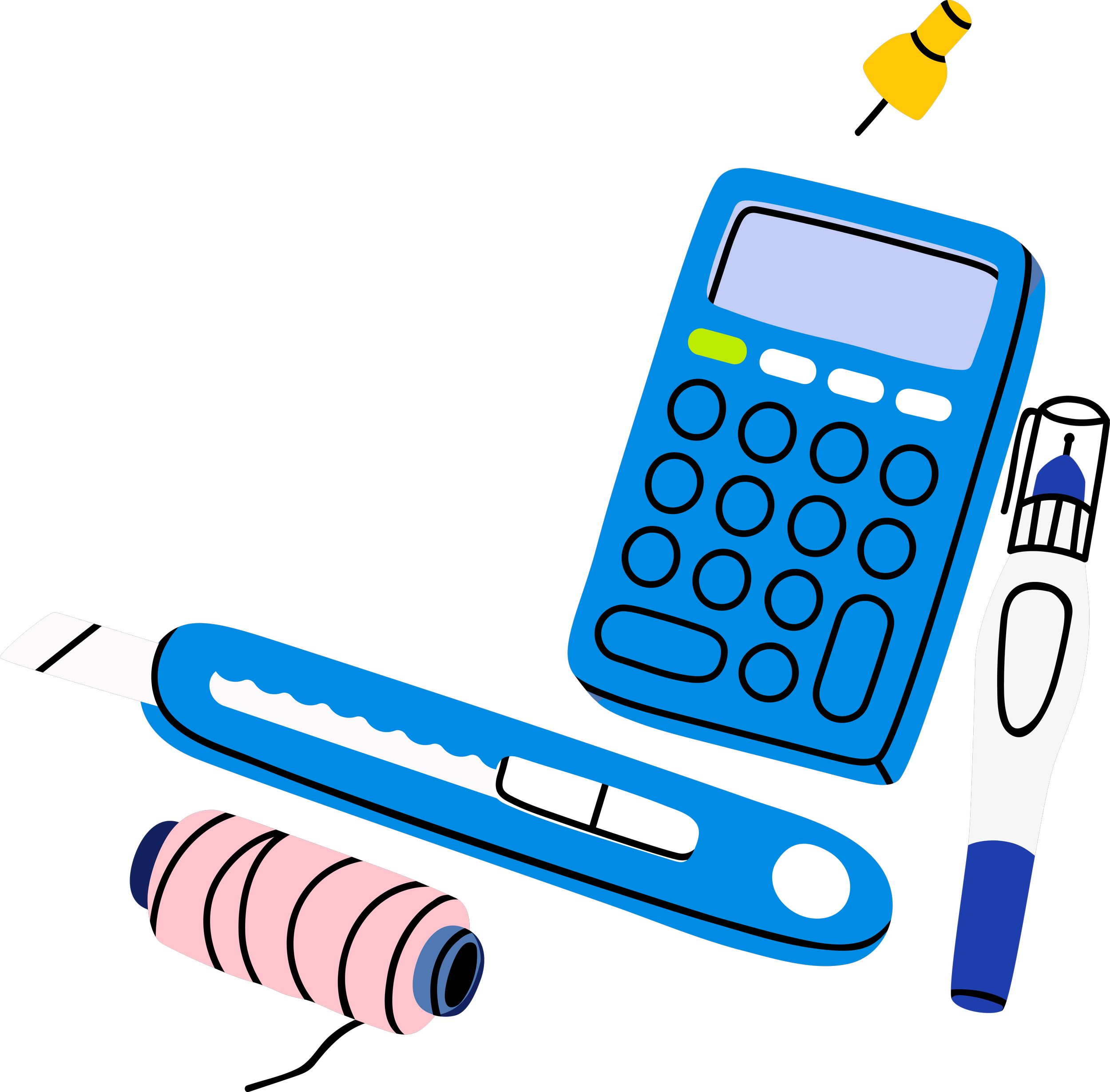
Explore the Paraeducator Pathway
What does it mean to be a paraeducator in Washington State?
Paraeducators are essential team members in K–12 schools who work alongside certified teachers to help every student succeed. They go by many names -- like teacher’s aide or instructional assistant -- but all share one purpose: helping students thrive with the academic, social, and emotional support they need. It’s a hands-on role that can be both a meaningful career and a great first step into the education field.
You might find paraeducators:
Working one-on-one with a student who needs extra support
Leading small groups
Assisting in general education or special education classrooms
Supporting English language learners
Helping in libraries, playgrounds, lunchrooms, or school-wide programs

Career Overview
Where do paraeducators work?
Public schools
Private schools
Charter schools
Online or virtual programs
Alternative education settings
International schools
What they do
Paraeducators support teachers and students in a variety of ways, and the role can look different from one school or classroom to the next.
Work schedule
Most paraeducator positions follow the school calendar (Monday-Friday during school hours) with summers and holidays off. Many districts also offer part-time opportunities.
It’s a role that brings variety, connection, and purpose.
Paraeducators come from all kinds of backgrounds. Some are drawn to working with children, while others see it as a great way to explore a future in education. Whatever the motivation, it’s a meaningful and rewarding role.
Here are a few reasons people choose this path:
You enjoy helping others learn — especially students who need extra support.
You’re patient, dependable, and naturally connect with young people.
You want to be part of a school community and contribute every day.
You’re looking for a flexible role that fits your schedule or family life.
You’re considering a future in education and want hands-on experience working with students and teachers.
Some paraeducators stay in the role for years and become leaders in their schools. Others use it as a launchpad into teaching or other careers in education.
Wherever you’re headed, this can be a powerful first step.
Could Paraeducation Be the Right Path for You?

How to Become a Paraeducator
Option 1: Pass an Assessment
Choose from three state-approved tests:
ETS ParaPro Assessment
Pearson Paraprofessional Test
Paraeducator Online Training Program (The Master Teacher, Inc.)
TIP: Many districts offer free test prep support.
Option 2: Use College Credits
Associate degree (AA, AAS, or equivalent) OR
72 quarter credits (48 semester credits) at 100-level or higher
Option 3: Complete a Registered Apprenticeship
Some Washington districts offer paraeducator apprenticeships. Visit www.educationapprenticeship.com to find programs near you.
Whether you're fresh out of high school or bringing college experience, becoming a paraeducator is within reach.
Is Being a Paraeducator Right for You?
Paraeducators come from all kinds of backgrounds. Some people become paraeducators because they know they want to work with children. Others see it as a meaningful stepping stone toward becoming a teacher or exploring other roles in education. Whatever the reason, it’s a great way to make a positive impact.
Here are a few reasons people are drawn to this work:
You light up when you help someone understand something new, especially those who need extra support.
You find yourself naturally connecting with young people, and you’re patient, caring, and dependable.
You want to be part of a school community and support learning every day.
You value flexibility, or are looking for a school-based role that aligns with your family schedule.
You’re considering a future in education, and want to work directly with students, teachers, and families while you gain hands-on experience.
Being a paraeducator means making a difference every day, and for many it's a role they grow into and stay in for years. Others use it as a springboard into teaching or other education careers.
However you see your future, it’s a path worth exploring.

What You Need to Become a Paraeducator
When you start as a paraeducator in Washington, you're not expected to know everything on day one. The state provides comprehensive, paid training to help you succeed.
Washington's Paraeducator Certificate Program includes:
Fundamental Course of Study (28 hours)
Completed during your first year
Covers foundational skills and classroom support
Provided by your district during paid work time
General Paraeducator Certificate (70 additional hours)
Advanced training over your next few years
Builds specialized classroom skills
Also completed during paid work hours
Optional Specialization Certificates:
Special Education Certificate
English Language Learner (ELL) Certificate
Advanced Paraeducator Certificate
Want more details? Visit our Resources page to learn about the certificate program.

How to Fund this Pathway
While paraeducator roles don't require a college degree, many people choose to continue their education while working. If you decide to pursue additional coursework or a degree, financial aid is available to support you:
Federal aid: Complete the FAFSA for grants, loans, and work-study opportunities
State aid: Washington residents can apply through WASFA for additional support
Scholarships: Many districts, colleges, and organizations offer education-specific scholarships!
Prior learning credit: Some colleges award credit for classroom experience. Your district's HR department or a local college advisor can help you explore these options.
Frequently Asked Questions (FAQs)
-
Becoming a paraeducator offers several advantages:
You get to work with students in a learning environment
Your identities or demographics may align more closely with the student population
You can work and live in your community
You may bring linguistic diversity to the school
You'll gain valuable experience in the school culture
You get an opportunity to learn more about teaching in a classroom while making a positive impact in students' lives.
-
Helpful technology skills include:
Basic computer use
Email and calendar management
Using learning apps and educational software
Knowledge of assistive technology for students with disabilities
Understanding online safety
Using classroom technology like smartboards
-
The job outlook is very good, with a projected growth of 19% through 2030! The annual projected job openings for paradeucators is over 5,600. (O-Net Online) Schools need more paraeducators because:
Student enrollment is growing
More support is needed for special education
More language support is needed for multilingual students
Many current paraeducators are retiring

















